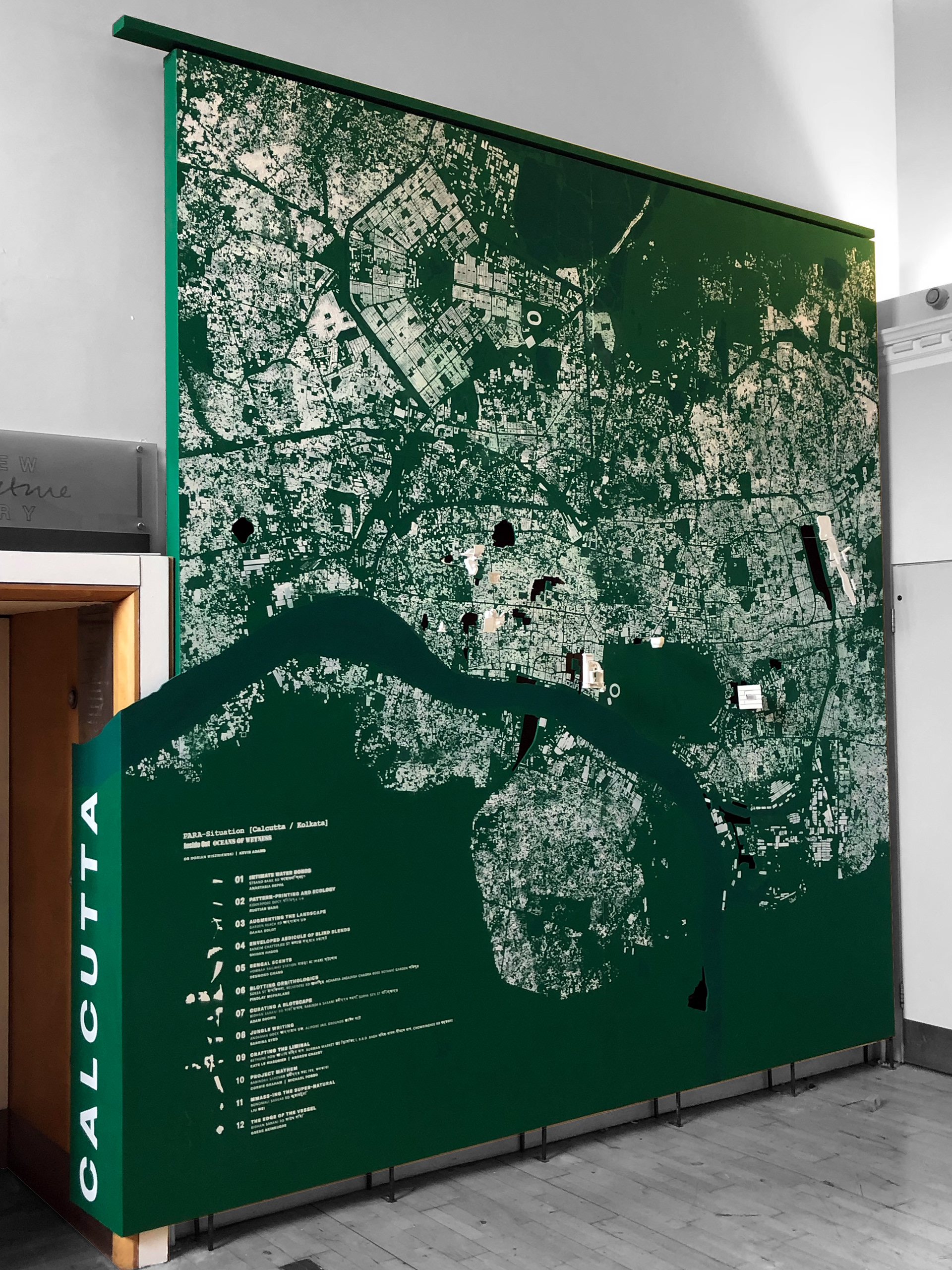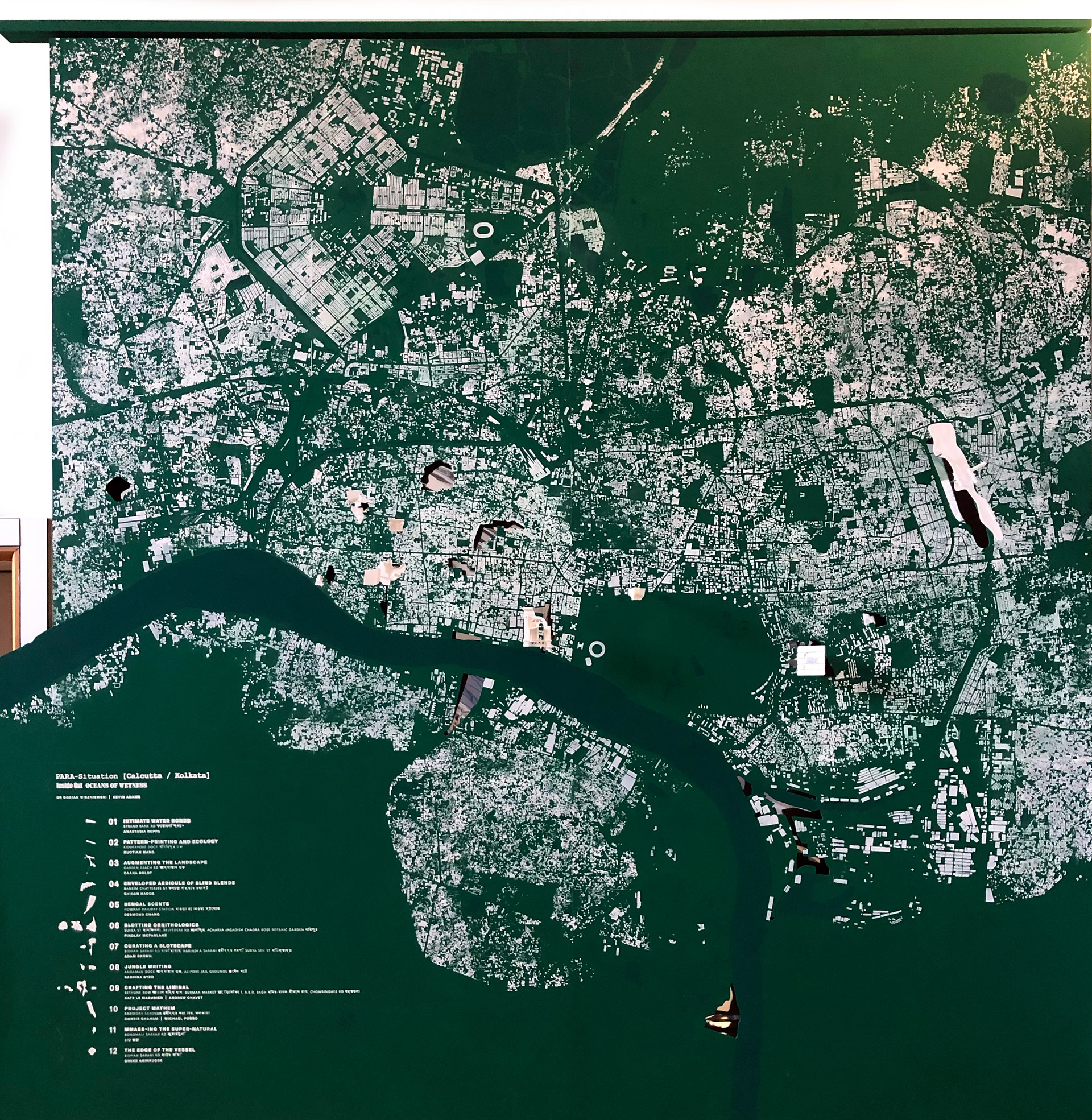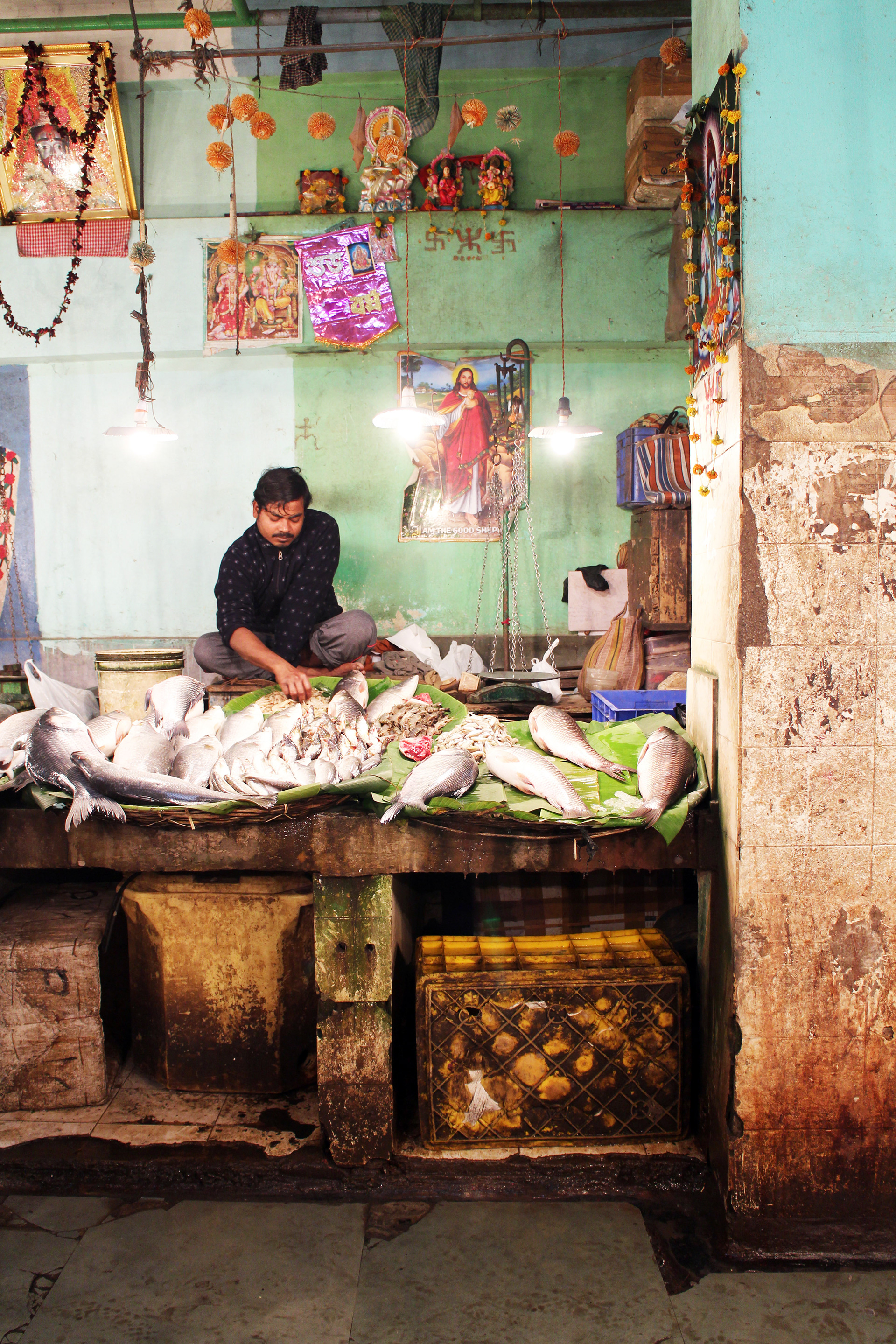PARA-Situation
[Calcutta / Kolkata]
Introduction to the brief University of Edinburgh
Dr. Dorian Wiszniewski
Kevin Adams
Much "Adda" about everything - Dorian Wiszniewski
There is a phenomenon in Calcutta called adda. It refers to informal conversations between people, "that can go on for hours at a a stretch - at street corners, cafes, markets and living rooms." 1 This extended everyday discourse is either cause or symptom of Amartya Sen's the Argumentative Indian; he says, "Prolixity is not alien to us in India. We are able to talk at some length ... we do like to speak."2 Importantly, Sen sees this tendency towards loquacity as the basis of "democracy as public reasoning"3 This is the same "heterodox" communicative principle by which we encourage the operations of and between each of our studios, staff, visitors, students and speculations. However alongside talking and necessarily more prolifically we encourage drawing and making - this is research-by-design, an authoring amidst authoring, design as productive "argufying"4 - we are talking about design as much as we are drawing on Calcutta, intermingled procedures contributing to developing thesis (argument) concerning how to be involved with Calcutta, how to speculatively envision a new possibility for Calcutta and how, then such a speculation might become something like Calcutta and Calcutta something like the speculation.
1. Storyline text from the IMDb website for the film Adda, Calcutta, Kolkata(2011), directed by Surjo Deb, and written by Shayani Bhattacharya and Ranjan Palit, http//www.imdb.com/title/tt2381081/?ref_=ttpl_pl_tt, Accessed 12/03/2019.
2. Amartya Sen, The Argumentative Indian, Writings of Indian Culture, History and identity (London: Penguin Books, 2006), p.3.
3. Ibid. pp.12-16.
4. See Amit Chaudhuri, On Amartya Sen and the Deferral of Indian Modernity, in Dorian Wiszniewski. Argufying Calcutta: Parasituation [Kolkata] (Edinburgh: Wedge Publications, 2019) pp.48-58.
Studio Themes - Adda, INSIDE OUT, OCEANS OF WETNESS
From the Outset of our studio operations we installed our own version of a rawk (steps on the aside of building, frequently at the threshold to houses, designed specifically to promote adda) The 2019 book and the 2018 and 2019 catalogues record much of the adda about everything we could reasonably deal with in the timeframe of our operations. The sub-themes are many but are guided by the two main themes elaborated in the 2018 catalogue and 2019 book as INSIDE OUT and OCEANS OF WETNESS.
A way we think the themes of INSIDE OUT and OCEANS OF WETNESS is through scale. Our research methodology oscillates between body, building series of buildings, neighbourhood, metropolitan landscape, region, nation, and global scales. These are well-recognised political scales. However, they also speak of environmental scales. Our programme is determinedly interested in the environmental to political scale relationships. Architecture, we argue, mediates these scales. We like to think of architecture as mediating between oscillating cosmoligical and cosmopolitical scales. Our bodies are born of the cosmos and are compelled to navigate every cosmopolitical scale. We like to think politics by equally thinking cosmos. This is what we mean by cosmopolitical - rather than defining the cosmos only through politics (and draw absolute cartographic or architectural divisions through mountain ranges, rivers and other environmental continuities, including peoples, and subject them to discontinuous political managements), we prefer to allow for political practices to be shaped by the cosmos. Therefore, for our programme, what we call cosmopolitics is already considered cosmological. This dynamic is key to understanding the impact of OCEAND OF WETNESS. OCEAND OF WETNESS, cosmologically considered, is product of our sun acting our oceans. However, as a cosmological phenomenon it saturates every cosmopolitical scale: wetness is the effect of every cosmological moment in our everyday cosmoplitical existence. INSIDE OUT is how we tackle each scale. INSIDE OUT is how we tackle wetness. We think each scale in turn, gradually outreaching, stepping from one scale to the other, oscillating between large and small - our bodies always in contact with the cosmos and the things we make as cosmopolitical artefacts. Every scale of our argufying, then, is immersive, literally and metaphorical, cosmic and political.
Between the three different publications, between texts and images, a reader will come to terms with something of Calcutta. Calcutta is a wetland. It sits on the eastern side of the river Hooghly, opposite the separate city of Howrah. Calcutta sits where the landscape of the Indian sub-continent and the fertile plains of Bengal meet the lush wetlands and jungle of the Sunderbands, a situation where water and land operates as precise equivalents. The Hooghly is less a river than one of many great concentrations of wetness that run through the alluvial landscape from the Himalayas to the North to the Bay of bengal in the South. The absolutness of political boundaries in such a fluid fertile landscape seem absurd. To have the dryness of a finite political cultural line in such a situation takes great cosmopolitical conceit never mind effort, perhaps an effort which, ultimately, we determine a cosmological impetus can and will redistribute.
INSIDE OUT pays respect to the late Diane Lewis. Her Thinking and book of the same name is highly influential. It promotes architecture, drawing and building as highly skilled cultural mediation, as significant as the written word. We agree with Diane and also promote architecture as holding this communicability. Much has been written on the problems of the temperate imposition of the Global North in the Global South. Something of the cosmopolitical stress of such tendencies is well narrated, for example, in George Orwell's Burmese Days. The cosmological impetus of our work is greatly influenced by our friends and colleagues Dilip da Cunha and Anuradha Mathur who first proposed OCEANS OF WETNESS as a manifesto. In his most recent book, The Invention of Rivers: Alexander's Eye and Ganga's Descent, Dilip richly records the temperately focussed perspective spanning from ancient times to the zenith of modern geographers. He counterposes this with an ancient Indian perspective which Anu and Dilip have further articulated as a chapter, A Clash of First Natures, in our studio we are extremely grateful to them. Our work, therefore, tries not to build from a temperate bias. Rather, it explores OCEANS OF WETNESS INSIDE OUT; it explores Calcutta as birth place to cosmologies which, in turn, provide inventive language for how architecture might redistribute specific cosmopolitical situations,
"deepen[ing] a wetness that is already everywhere in some degree, a wetness that does not flow as water does but rather holds in clouds, air, earth, and living matter. It [the architecture of wetness] soaks, blows, seps, osmotes, and transpires its way to ever-extending holdings of wetness, holdins that eventually become the ocean that reconnects with the winds."
Anarudha Mathur and dilip Da Cunha, A clash of first Natures, in Wiszniewski, Argufying Calcutta: p.152.
Our work is neither inside nor outside the colonial and post-colonial narratives of Calcutta. Rather than being caught in this pre-politicised bind, we take our leave from deeply considered architectural/cultural impetus. Our research works towards what we consider to be Indian Modernity: we are looking for it and work INSIDE OUT of what we find, even if it is only a seductive glimmer of an interpretive possibility. What we consider modernity must be distinguished from the merely modern and the frequently prejudiced memory of Modernism. Modernity, as the OED tells us, is "an intellectual tendency or social perspective characterised by departure from or repudiation of traditional ideas, doctrines, and cultural values in favour of contemporary or radical values and beliefs." This is not quite right for us either. It is partly right. In fact, it may be possible that Indian Modernity gives us a different definition all together. We are in favour of the contemporary over either glorification or repudiation of a past. We see history as a continuity, neither in progress nor decline. We pursue a critical optimism of what it is like to be in India, in Calcutta, living for the moment, looking to futurity but not ignorant moment of the past. Modernity, thus, is evident in many periods. We are interested in heritage in so far as we care about who inherits what from whom and that it is invested wisely - ecosophically, cosmopolitically. Therefore, the most important moment of modernity for us is the relevance of the futurity of a then as it intersects with a newly relevant now, and for us as architects, in a predictive adequation of futurity. Our speculations are invested in this optimism and look to build from a wisdom we find cosmo-logically and cosmo-politically in Calcutta.
The search for Indian Moderinity and "the Measured Intensity": follow link bellow to view the first working stage.
For More information on the progression of the project follow the link to my project Archive including the link to the measured intensity. Which became the leading analysis which became 'Project mayhem'.
Project Mayhem
or follow the link directly to my Masters Final project - 'Project Mayhem' on the cusp of Tallah.

Studio Calcutta external wall into exhibition, Minto House, (2019)

Studio Calcutta external wall into exhibition, Minto House, (2019)
Image: Lake Mall Fishmarket - 'Evening exchange'

Day 1 - Individual allocated space

Day 2 - Individual occupied space
